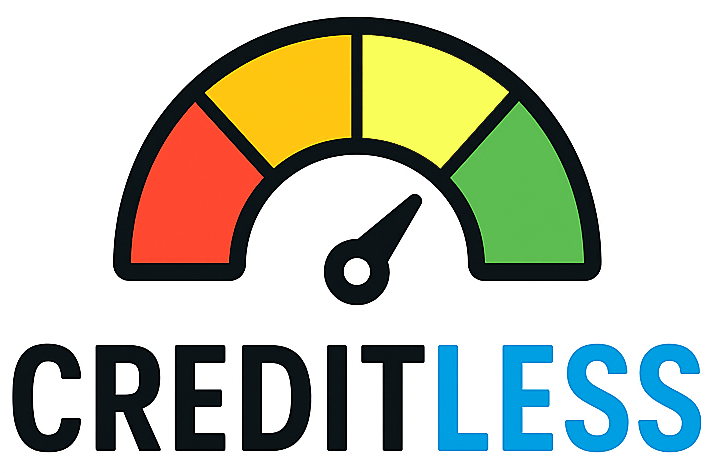Why an emergency fund matters now
Life throws curveballs: job loss, car breakdowns, surprise medical bills and home repairs. Yet a large share of U.S. households remain financially vulnerable — recent surveys show many Americans either lack any emergency savings or have far less than the common recommendations. Building a targeted, liquid emergency fund reduces the need to use high‑cost credit or tap retirement accounts during a short‑term crisis and gives you time and choices when income is interrupted.
Key context to keep in mind: about one survey found roughly four in ten adults report having no emergency fund at all, and Federal Reserve data indicate a sizable share of people couldn’t cover a $400 unexpected expense without borrowing or selling something. These headline figures underscore why an explicit plan — not wishful thinking — matters.
How much to save at each stage of life
There’s no single “right” number for everyone. The usual starting benchmark is 3–6 months of essential living expenses, but your ideal target depends on age, household composition, job stability and whether you’re self‑employed. Below are practical targets and the reasoning behind them.
- Students & young adults (starter goal): Aim for a small starter cushion — $500–$1,000 or one month of essentials — then build to 1–3 months as income stabilizes. Small initial wins reduce the chance of debt after the first shock.
- Early‑career, single or dual‑income without dependents: 3 months of essential expenses is a reasonable short‑term target. If your job is volatile or your industry is cyclical, err toward 4–6 months.
- Families and single‑income households: 6 months or more. When one income supports the household, the recovery time after a job loss tends to be longer and the stakes (childcare, housing) are higher.
- Self‑employed, gig workers, commission or seasonal earners: 6–12 months (or more). Variable income means longer cash‑flow gaps; many planners recommend a larger cushion to cover lean periods.
- Pre‑retirees & retirees: 12–24 months of essential expenses is often advised, especially if your retirement income is market‑sensitive, you have higher health costs, or you want to avoid selling investments in a market downturn. Keeping a larger liquid buffer protects both short‑term spending and long‑term portfolio health.
These ranges reflect mainstream guidance — start with a realistic monthly essentials number and multiply by the months that match your risk profile. If inflation or local costs push your essential budget higher, revise your target upward accordingly.
How to build, store and protect your emergency fund
Turning a target into reality requires a stepwise plan and safe, liquid accounts. Follow these practical steps:
- Calculate essentials: List mandatory monthly costs (rent/mortgage, utilities, food, insurance, minimum debt payments, childcare and transportation). Use that total as your baseline.
- Set realistic milestones: Start with an immediate goal ($500–$1,000), then 1 month, 3 months, and so on. Celebrate interim wins and revise timelines if needed.
- Automate contributions: Send a fixed amount to a dedicated account on payday so saving is “paying yourself first.”
- Use the right vehicles: Keep emergency money highly liquid — high‑yield savings accounts, money‑market accounts, or short no‑penalty CDs. Avoid using stocks or long‑term investments for this cash cushion because market volatility can make funds unavailable when you need them.
- Tier your reserves: Consider a two‑tier system: a small immediately accessible bucket (checking or high‑yield savings) for the first 1–3 months, and a secondary short‑term bucket (money market or laddered short CDs) for reserves beyond that. This can slightly improve returns while keeping access predictable.
- Protect retirement: Avoid tapping 401(k) or IRA dollars except as a last resort: retirement withdrawals can create taxes, penalties and long‑term shortfalls. Rising numbers of people withdrawing from retirement accounts for emergencies demonstrate why accessible savings should be a priority.
When to use the fund — and when to rebuild
Use emergency savings for genuine emergencies that would otherwise cause long‑term financial harm: unplanned medical bills, temporary job loss, major car or home repairs, or an urgent family expense. After a withdrawal, prioritize replenishing the fund on your next budget cycle. Consider setting a separate short‑term replenishment plan (e.g., add 25% of monthly windfalls until the target is restored).
Quick 90‑day action plan: 1) Calculate essentials this week. 2) Open a dedicated high‑yield account and automate a small transfer each payday. 3) Aim to reach the starter goal ($1,000) within 90 days, then scale toward your life‑stage target. Following these steps makes a meaningful cushion realistic even on modest incomes.
Emergency funds are about choices and resilience. A simple, well‑funded cushion keeps you from making costly financial decisions under pressure and gives your other long‑term plans space to succeed.
